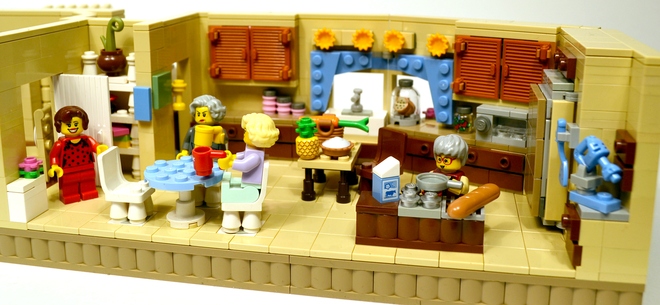“Once upon a time…” The phrase takes many of us back to our childhoods. It brings back memories of snuggling under the covers as a parent told us a bedtime story, or sitting cross-legged on the classroom floor as the teacher read out loud. We listened raptly, wondering where the story would take us next. Even as adults, we love stories and the journeys they take us on. It’s stories that grab our attention and keep it.
Consumers love stories, too. They enjoy learning about the history of a company and where it is going next. In college, I learned about the marketing concept “what’s in it for me?” and how important it was to answer that question through storytelling. That was close to 25 years ago, and the idea remains as strong now as it was then.
Our culture has been handed down for centuries through the oral tradition of storytelling. It’s in our nature to tell stories. People love to relate an anecdote when friends ask them about a purchase they’ve made. So, if you share a story about your own product with your customers, you’ll reap the benefits of having it passed on to others. This process is how a good story can grow and develop a life of its own.
Creating a story about your brand is a great way to let your customers know who you are and what you stand for. It’s through this narrative that you gain their interest and, more importantly, their trust. It doesn’t need to be some huge tome, telling them every little thing about your brand. It just needs to be enough to give them a taste, make them want more and, most importantly, help them remember you and your product.
In addition to my career in advertising and marketing, I’ve spent the last 15 years making and selling my own artwork. My customers love to hear the story behind each of my pieces. Even if they don’t buy anything, I tell them the story about my studio name. I can’t tell you how many people come back and say, “I remember you and that interesting story of how your studio got to be called ‘Kerensamere.’”
In this digital age, one might think that storytelling is dead, but that is simply not the case. If anything, storytelling is prevalent in our society now more than ever. Online videos are a great example of storytelling. It’s amazing how one well-crafted video can tell so much in such a brief time. Make it a good one, and it goes viral. Next thing you know, everyone is telling your story for you.
Not everyone is a good storyteller. Back in the Middle Ages, communities relied on bards to come to town and recite stories. Not just anyone could be a bard; it took a certain skill. It’s kind of like the difference between a person who’s good at telling jokes, and one who isn’t. If it’s not told right, the joke falls flat. You don’t want this to happen with your own brand story. That’s where hiring the right team can make all the difference in how well your story is told and retold.
Crafting and presenting your story is a skill that comes with practice and insight. You need to understand your own brand as well as your audience. What is it that you want people to know? How do you get them to care about your story? This is where hiring a team like Varsity comes into play. We pride ourselves in our ability to create brand narratives that tell your story to the people you want to hear it and get them to repeat it for you.
That’s my story, and I’m sticking to it.

